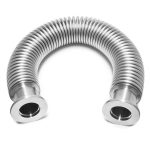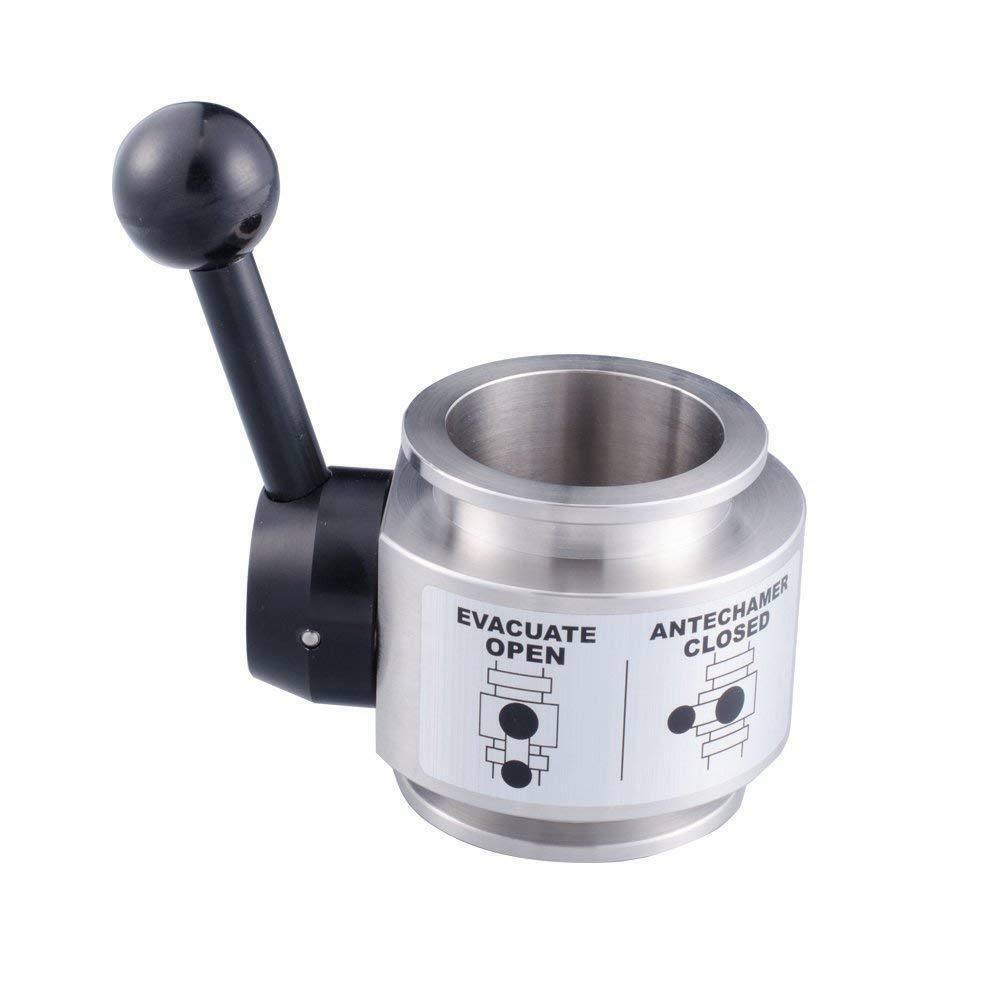
Pressure Resistance Characteristics of Vacuum Bellows
Pressure resistance is an important parameter for the performance of vacuum bellows. The maximum static pressure that the bellows can withstand without plastic deformation on the waveform at normal temperature, which is the maximum pressure resistance of the bellows. In general, the bellows is under a certain pressure (internal or external pressure) Work, so it must withstand this pressure during the entire work process without plastic deformation.
The pressure resistance of vacuum bellows actually belongs to the strength category of bellows. The key to the calculation is stress analysis, that is, the stress on the wall of the bellows is analyzed. As long as the stress at the maximum stress point on the wall of the bellows does not exceed the yield strength of the material, the pressure on the bellows will not reach its pressure resistance.
The same bellows is more stable under external pressure than under internal pressure when other working conditions are the same. Therefore, the maximum pressure resistance under external pressure is higher than that under internal pressure.
When the two ends of the bellows are fixed, if a sufficient pressure is passed into the inner cavity of the bellows, the bellows of the bellows may burst and damage. When the bellows begins to burst, the pressure value inside the bellows is called the burst pressure. Burst pressure is a parameter characterizing the maximum compressive strength of the bellows. During the entire working process of the bellows, its working pressure is far less than the burst pressure, otherwise the bellows will be broken and damaged.
When the corrugated length is less than or equal to the outer diameter, the calculation result is very close to the actual burst pressure; the actual burst pressure of a slender corrugated pipe is much lower. The burst pressure is about 3 to 10 times the allowable working pressure.






